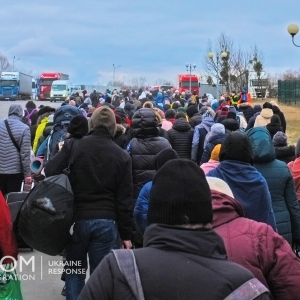
Returning home? Identifying key factors weighing on Syrian refugees choosing (not) to return to Syria with using machine learning
Summary
This project investigated key factors weighing on Syrian refugees (not) choosing to return home with using machine learning. It analysed the voluntary return of 103,090 Syrian refugees from 2015 to 2018 and compared their decision with millions of others in Iraq, Jordan and Lebanon who chose not to return. Furthermore, all results were compared with other refugee situations globally, such as Somali refugees in Kenya and Iraqi refugees in pre-war Syrian.
Results
The AI-based analysis of this extensive data set allowed for comprehensive results of the return patterns of Syrian refugees. Generally, being a refugee is not always a “win-win” situation, as the improved security comes at the cost of lower quality of life and – especially for children and youth – with less educational development. Consequently, betterment of security and service access in Syria consistently leads to an increase in returns. Moreover, security in Syria will continue to deter refugees for return, also due to its collateral impact on service restoration efforts, such as forced conscription or arbitrary detainment of required work force. Overall, this project demonstrated how huge amounts of data can efficiently be analysed to identify refugees’ key decision criteria of whether they want to voluntarily return to Syria or not, and, moreover, to improve restauration efforts of the international community as well. This approach can be replicated to other refugee groups around the globe as well.
(Image: © World Bank)



